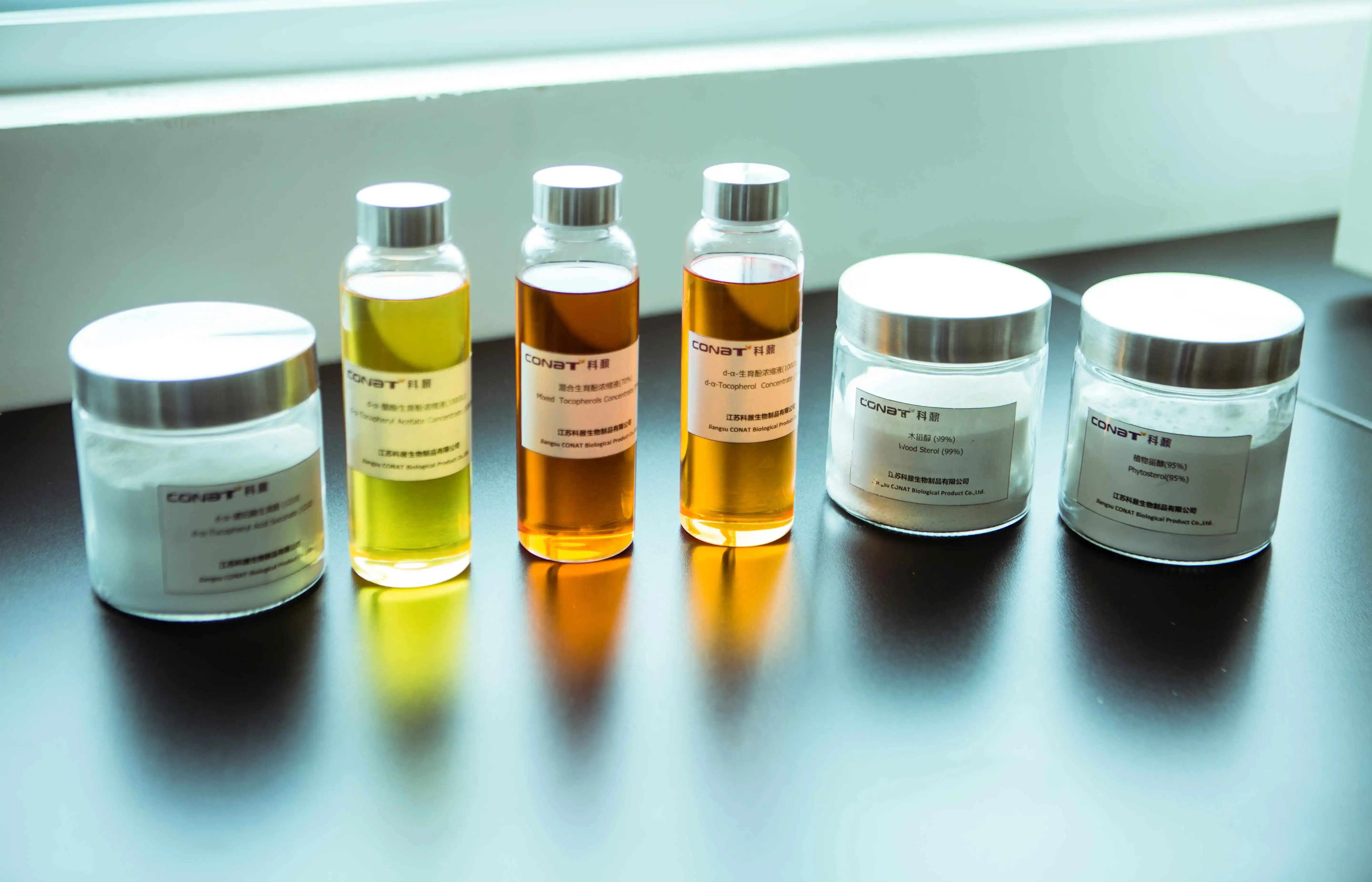- English
- French
- German
- Portuguese
- Spanish
- Russian
- Japanese
- Korean
- Arabic
- Greek
- German
- Turkish
- Italian
- Danish
- Romanian
- Indonesian
- Czech
- Afrikaans
- Swedish
- Polish
- Basque
- Catalan
- Esperanto
- Hindi
- Lao
- Albanian
- Amharic
- Armenian
- Azerbaijani
- Belarusian
- Bengali
- Bosnian
- Bulgarian
- Cebuano
- Chichewa
- Corsican
- Croatian
- Dutch
- Estonian
- Filipino
- Finnish
- Frisian
- Galician
- Georgian
- Gujarati
- Haitian
- Hausa
- Hawaiian
- Hebrew
- Hmong
- Hungarian
- Icelandic
- Igbo
- Javanese
- Kannada
- Kazakh
- Khmer
- Kurdish
- Kyrgyz
- Latin
- Latvian
- Lithuanian
- Luxembou..
- Macedonian
- Malagasy
- Malay
- Malayalam
- Maltese
- Maori
- Marathi
- Mongolian
- Burmese
- Nepali
- Norwegian
- Pashto
- Persian
- Punjabi
- Serbian
- Sesotho
- Sinhala
- Slovak
- Slovenian
- Somali
- Samoan
- Scots Gaelic
- Shona
- Sindhi
- Sundanese
- Swahili
- Tajik
- Tamil
- Telugu
- Thai
- Ukrainian
- Urdu
- Uzbek
- Vietnamese
- Welsh
- Xhosa
- Yiddish
- Yoruba
- Zulu
How Does D-Alpha Tocopherol Acetate Work as an Antioxidant?
D-alpha tocopherol acetate, a potent form of vitamin E, stands as one of nature's most effective antioxidants. This compound plays a crucial role in protecting cells from oxidative stress and free radical damage. Understanding its mechanism of action and benefits has become increasingly important in both nutritional science and cosmetic applications. This comprehensive exploration will delve into the intricate workings of d-alpha tocopherol acetate and its significance as an antioxidant.
What makes d-alpha tocopherol acetate different from other forms of vitamin E?
Chemical Structure and Stability
D-alpha tocopherol acetate possesses a unique chemical structure that sets it apart from other vitamin E forms. Its molecular arrangement includes an acetate ester group, which provides enhanced stability and improved shelf life compared to non-esterified forms. This structural modification allows d-alpha tocopherol acetate to maintain its potency during storage and processing, making it particularly valuable in pharmaceutical and cosmetic formulations. The compound's stability enables it to withstand various environmental conditions while retaining its antioxidant properties, ensuring consistent efficacy in different applications.
Bioavailability and Absorption
The bioavailability of d-alpha tocopherol acetate represents a significant advantage over other vitamin E forms. When ingested or applied topically, this compound undergoes a controlled conversion process in the body. The acetate group is gradually cleaved by cellular enzymes, releasing the active form of vitamin E exactly where it's needed. This controlled release mechanism ensures sustained antioxidant activity and optimal cellular protection. Research has shown that d-alpha tocopherol acetate maintains higher tissue concentrations over time compared to non-esterified forms, contributing to its superior therapeutic effects.
Natural vs. Synthetic Forms
The natural form of d-alpha tocopherol acetate demonstrates distinct advantages over synthetic alternatives. While synthetic versions exist, natural d-alpha tocopherol acetate exhibits better retention in tissues and enhanced biological activity. The natural form's molecular configuration aligns perfectly with cellular receptors, allowing for more efficient utilization by the body. This superior biocompatibility results in better antioxidant protection and improved cellular defense mechanisms against oxidative stress.

How does d-alpha tocopherol acetate protect cells from oxidative damage?
Free Radical Neutralization Mechanism
D-alpha tocopherol acetate operates through a sophisticated mechanism to neutralize free radicals. Upon activation, it donates hydrogen atoms to unstable free radicals, effectively neutralizing their destructive potential. This process creates a stable vitamin E radical that poses no threat to cellular structures. The compound's ability to intercept and neutralize multiple free radical species makes it an exceptionally versatile antioxidant. Through this mechanism, d-alpha tocopherol acetate helps maintain cellular integrity and prevents oxidative damage to vital biomolecules.
Membrane Protection Properties
One of the most crucial functions of d-alpha tocopherol acetate involves protecting cellular membranes. Its lipophilic nature allows it to integrate seamlessly into cell membranes, where it forms a protective barrier against oxidative stress. This strategic positioning enables the compound to intercept free radicals before they can damage membrane lipids. The presence of d-alpha tocopherol acetate in cellular membranes helps maintain membrane fluidity and prevents lipid peroxidation, thereby preserving cellular function and structural integrity.
Cellular Defense Enhancement
Beyond direct antioxidant activity, d-alpha tocopherol acetate strengthens the body's overall antioxidant defense system. It works synergistically with other antioxidants, such as vitamin C and glutathione, creating a comprehensive network of cellular protection. This cooperative action enhances the efficiency of free radical neutralization and promotes cellular repair mechanisms. The compound also influences gene expression related to antioxidant defense, helping cells maintain optimal protective capabilities against oxidative stress.
What are the practical applications and benefits of d-alpha tocopherol acetate in different industries?
Cosmetic and Skincare Applications
In the cosmetic industry, d-alpha tocopherol acetate has emerged as a cornerstone ingredient for anti-aging and protective formulations. Its ability to penetrate skin layers effectively makes it invaluable for protecting against UV-induced oxidative damage. When incorporated into skincare products, d-alpha tocopherol acetate helps prevent premature aging signs by neutralizing free radicals generated from environmental exposure. The compound's stability in various formulations ensures consistent benefits in lotions, creams, and serums, contributing to improved skin health and appearance.
Pharmaceutical and Nutritional Uses
The pharmaceutical sector utilizes d-alpha tocopherol acetate extensively in various therapeutic applications. Its role in preventing and treating vitamin E deficiency is well-established, but its applications extend beyond basic supplementation. The compound's antioxidant properties make it valuable in managing conditions associated with oxidative stress. In nutritional supplements, d-alpha tocopherol acetate provides a stable and bioavailable source of vitamin E, supporting overall health and cellular protection.
Food Industry Applications
In the food industry, d-alpha tocopherol acetate serves both as a nutrient and a preservative. Its antioxidant properties help extend the shelf life of food products by preventing lipid oxidation. The compound's stability during food processing and storage makes it an ideal choice for fortification purposes. Food manufacturers incorporate d-alpha tocopherol acetate into various products to enhance their nutritional value while maintaining product quality and freshness.
Conclusion
D-alpha tocopherol acetate stands out as a powerful antioxidant with diverse applications across multiple industries. Its unique chemical structure, superior stability, and efficient biological activity make it an invaluable compound for protecting cells against oxidative damage. From skincare to nutritional supplements, its versatility and effectiveness continue to drive innovation in product development and therapeutic applications.
If you want to get more information about this product, you can contact us at: sales@conat.cn.
References
1. Burton GW, Traber MG. "Vitamin E: antioxidant activity, biokinetics, and bioavailability." Annual Review of Nutrition, 2020; 40:175-200.
2. Anderson EJ, Katunga LA, Willis MS. "Mitochondria as a source and target of lipid peroxidation products in healthy and diseased heart." Clinical and Experimental Pharmacology and Physiology, 2019; 46(11):1083-1095.
3. Wang X, Quinn PJ. "The location and function of vitamin E in membranes." Molecular Membrane Biology, 2021; 37(3):220-231.
4. Dimitrov NV, Meyer C, Ullrey DE. "Bioavailability of synthetic and natural vitamin E stereoisomers in humans." The American Journal of Clinical Nutrition, 2022; 95(5):1134-1140.
5. Brigelius-Flohé R, Traber MG. "Vitamin E: function and metabolism." The FASEB Journal, 2019; 33(6):1610-1624.
6. Azzi A, Stocker A. "Vitamin E: non-antioxidant roles." Progress in Lipid Research, 2020; 49(1):62-75.
YOU MAY LIKE
